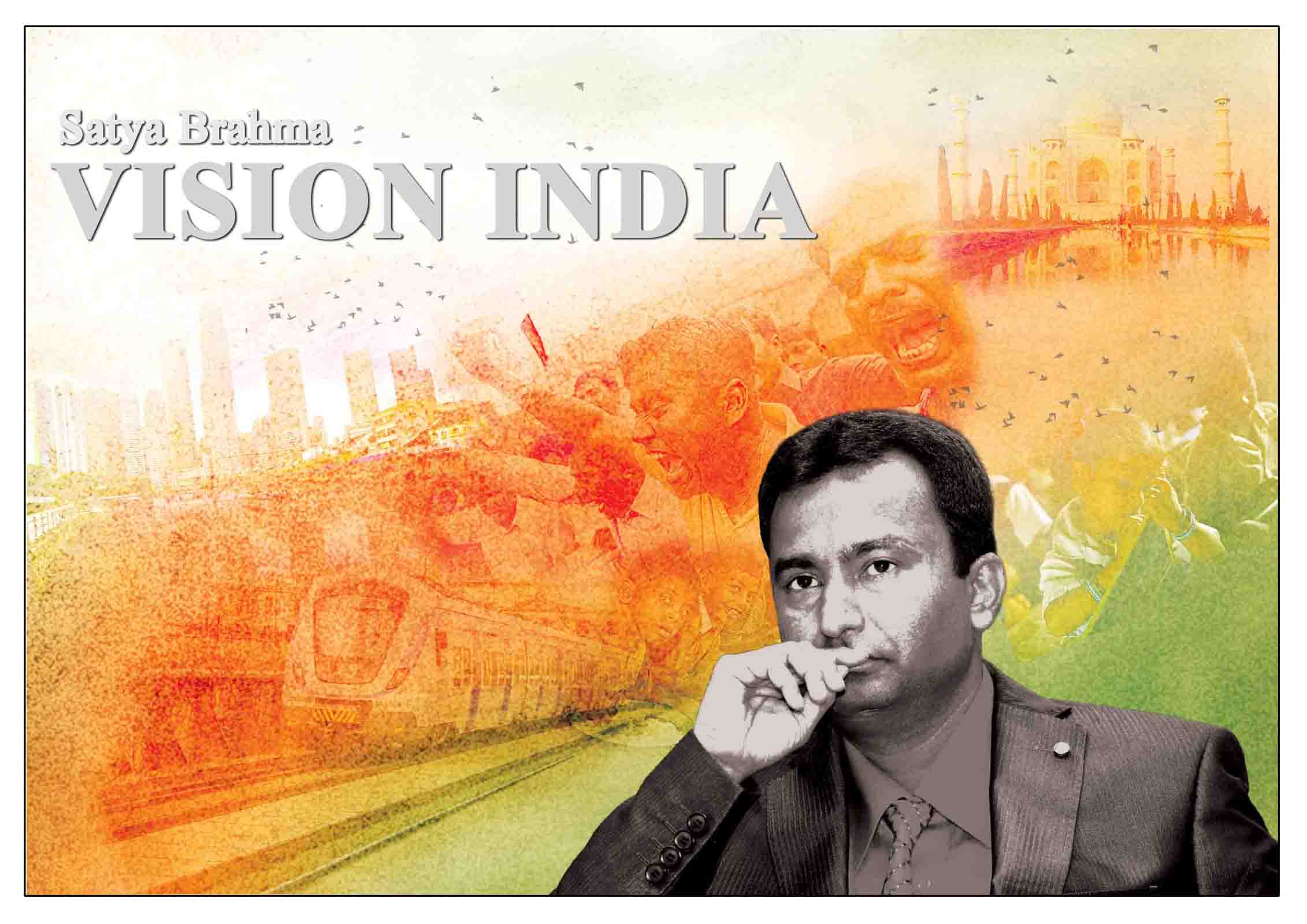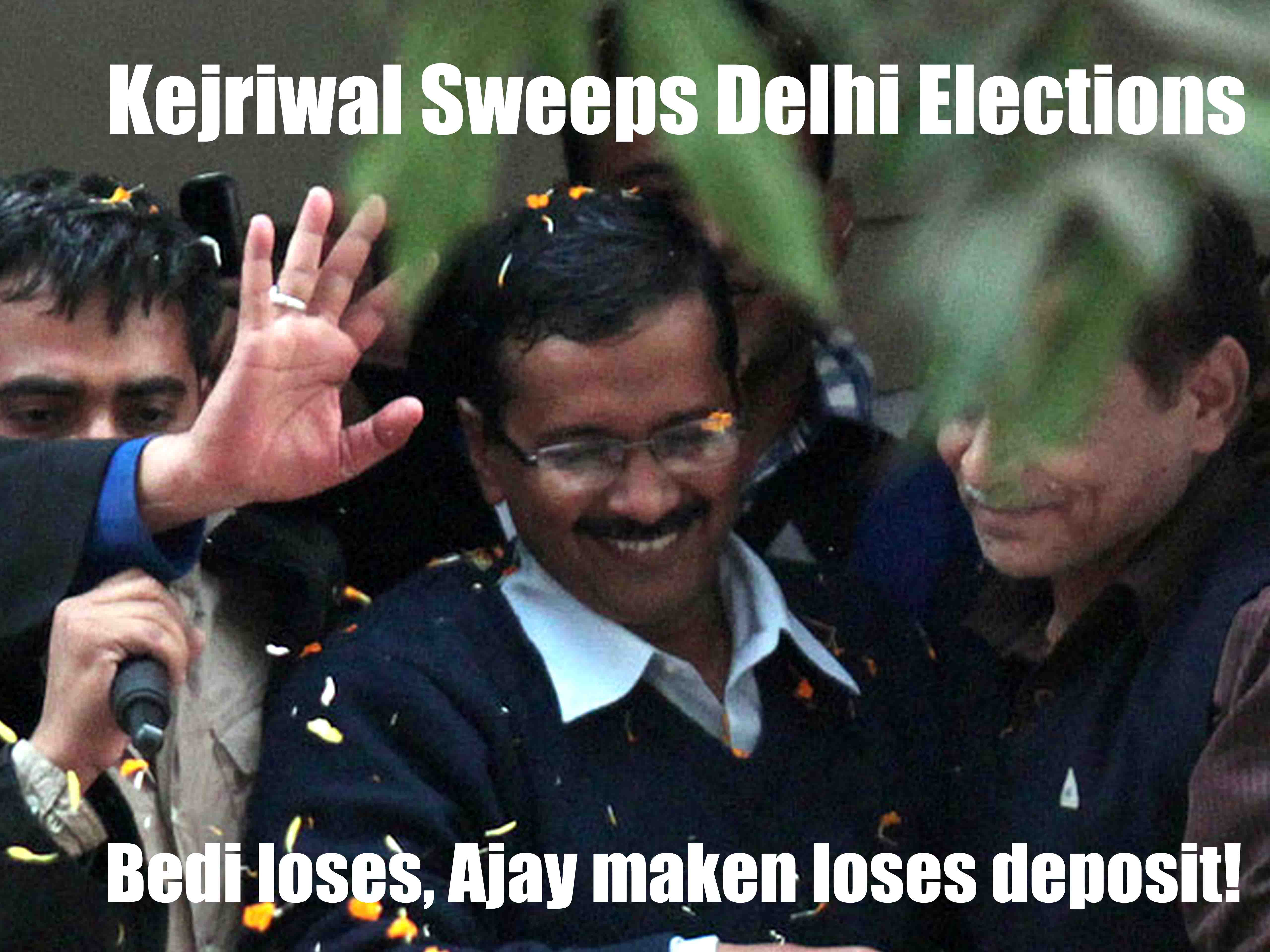

According to Reserve Bank of India’s (RBI) annual report released Wednesday, 98.96% of Rs 500 and Rs 1000 notes (by value) that were invalidated due to the demonetisation exercise had been returned by the end of June.
The numbers put to rest one of the big mysteries surrounding the demonetisation exercise, which, according to some analysts, was one of the reasons behind the Bharatiya Janata Party’s landslide win in this year’s elections in Uttar Pradesh.
The RBI annual report said that “subject to future corrections based on verification process when completed,” the estimated value of the banned notes it “received” was Rs 15.28 trillion. This compares with the Rs 15.44 trillion of the invalidated notes that were in circulation as of 8 November, according to data provided by minister of state for finance Arjun Meghwal to Parliament on 21 January.
Following Prime Minister Narendra Modi’s surprise announcement of the invalidation of old high-value currency notes on 8 November, estimates suggested that around Rs 3 trillion would not return to the banking system because it was unaccounted or black money. While defending demonetisation in the Supreme Court in November, then attorney general Mukul Rohatgi said around Rs 4-5 trillion would probably not find its way back into the system.
By December, though, it was clear that tax evaders had managed to legalize their unaccounted money using mules and proxies to make deposits, made high-value purchases using back-dated bills and colluded with bank officials to exchange old currency.
With RBI’s data showing that most of the money has returned to the system, the opposition was quick to criticise the government. The Congress said RBI’s report was proof that demonetisation had “utterly failed”.
Measuring the success of demonetisation on the basis of how much cash has come into the system shows “an inadequate understanding”, finance minister Arun Jaitley said.
Indeed, “the fact that the entire demonetised money has come back shows black money has been accounted for completely. In that sense, demonetisation has been a success,” said R. Gandhi, former deputy governor of RBI. It is now up to the tax department to do its job, he added. In January, the government decided to use data analytics to identify people whose deposits didn’t match their known sources of income.
In his Independence Day speech this year, Prime Minister Modi said that more than Rs 1.75 trillion deposited in banks after demonetisation was under the scanner.
“The trail of deposits” of bank notes “into bank accounts may provide valuable information to the revenue authorities in tracing unaccounted money”, RBI said in its annual report.
Interestingly, RBI’s annual report shows a spike in the number of so-called suspicious transaction reports filed by banks, financial institutions and intermediaries. Banks filed 361,214 such reports in 2016-17, up from 61,361 the previous year. This is evidence that people have been forced to deposit money “illegitimately lying with them”, Jaitley said in a press briefing after the release of the RBI annual report.
A banker, who asked not to be identified, said the spike in suspicious transaction reports was exclusively because of demonetisation, although he added that at least some of these could end up being genuine transactions.
Defending demonetisation, Jaitley said its major objectives— a “less cash economy”, digitization, formalisation of the economy, widening the tax base, curbing terror financing, tracking black money, and clamping down on counterfeit currency—had been met.
“The effect of demonetisation in all these areas have been extremely positive,” he added.
According to RBI, the volume of cash in the banking system has come down by 17%. Total currency in circulation fell from Rs 17.77 trillion on 8 November to Rs 14.75 trillion on 4 August, according to the finance ministry.
The invalidation also resulted in an increase in digital transactions. In a note, the finance ministry said that number of digital transactions increased 56% between October 2016 and May 2017 to 1.1 billion. The demonetisation exercise was announced on 8 November 2016.
RBI detected 762,072 fake notes compared to 632,926 pieces a year ago. However, the total value of these fake currency notes amounts to a meagre Rs 43 crore.
The ministry’s note added that demonetisation had resulted in a 24.5% increase in the number of income tax returns filed till 5 August.
The RBI annual report also sheds further light on other aspects of the demonetisation move such as its costs. The cumulative effect of the decrease in income and increase in expenditure effectively halved RBI’s net profit to Rs 30,663 crore from Rs 65,880 crore a year ago. The central bank transferred almost its entire profit to the government.

















